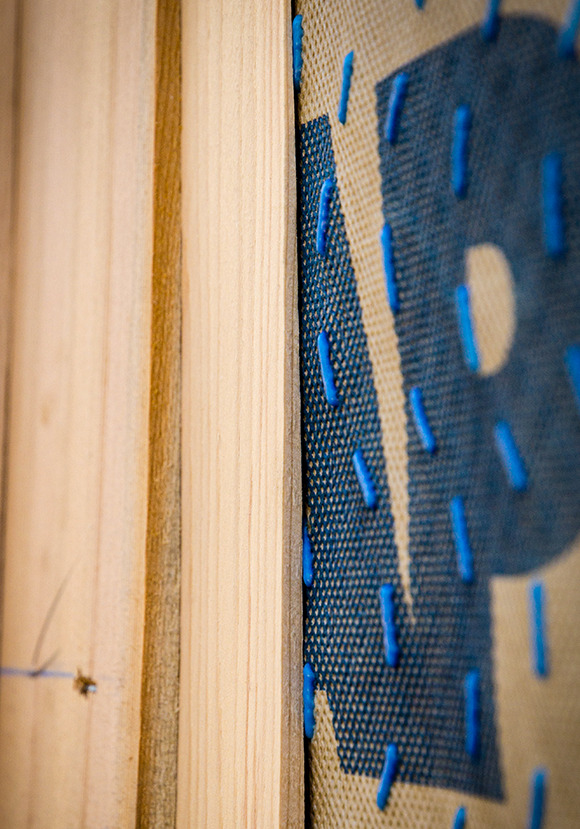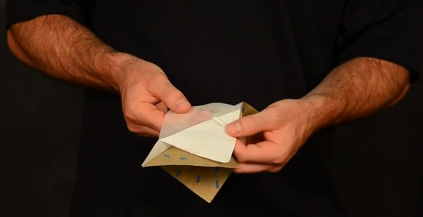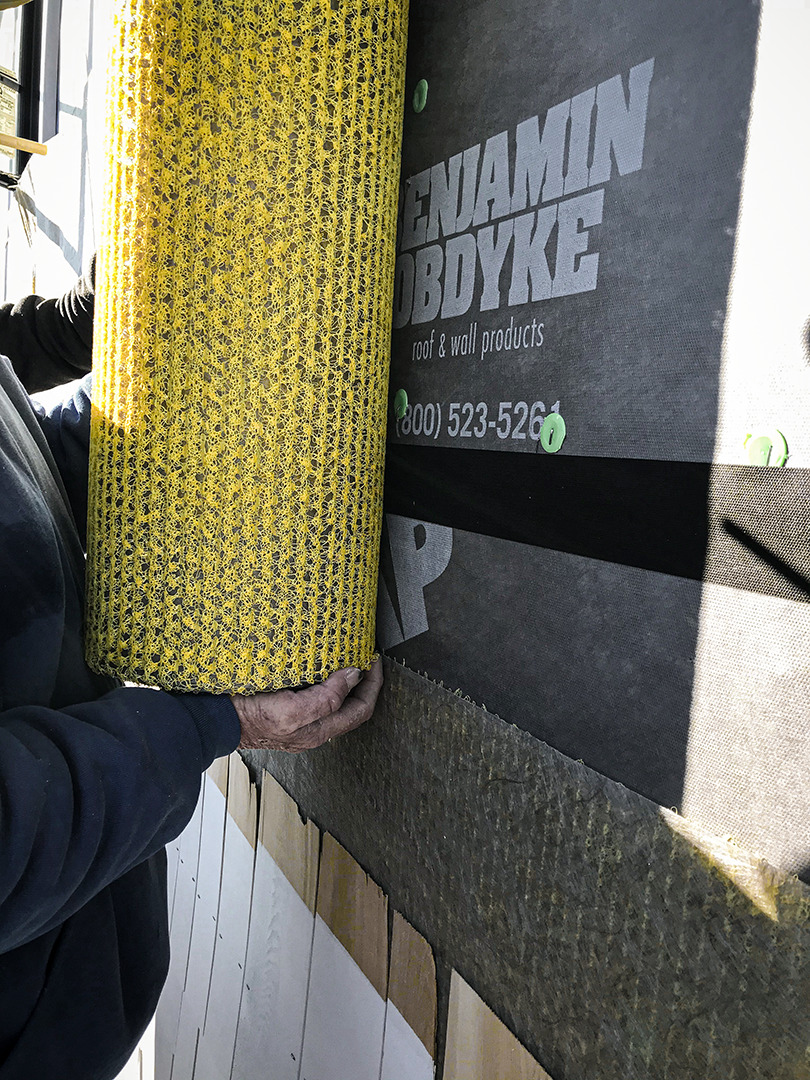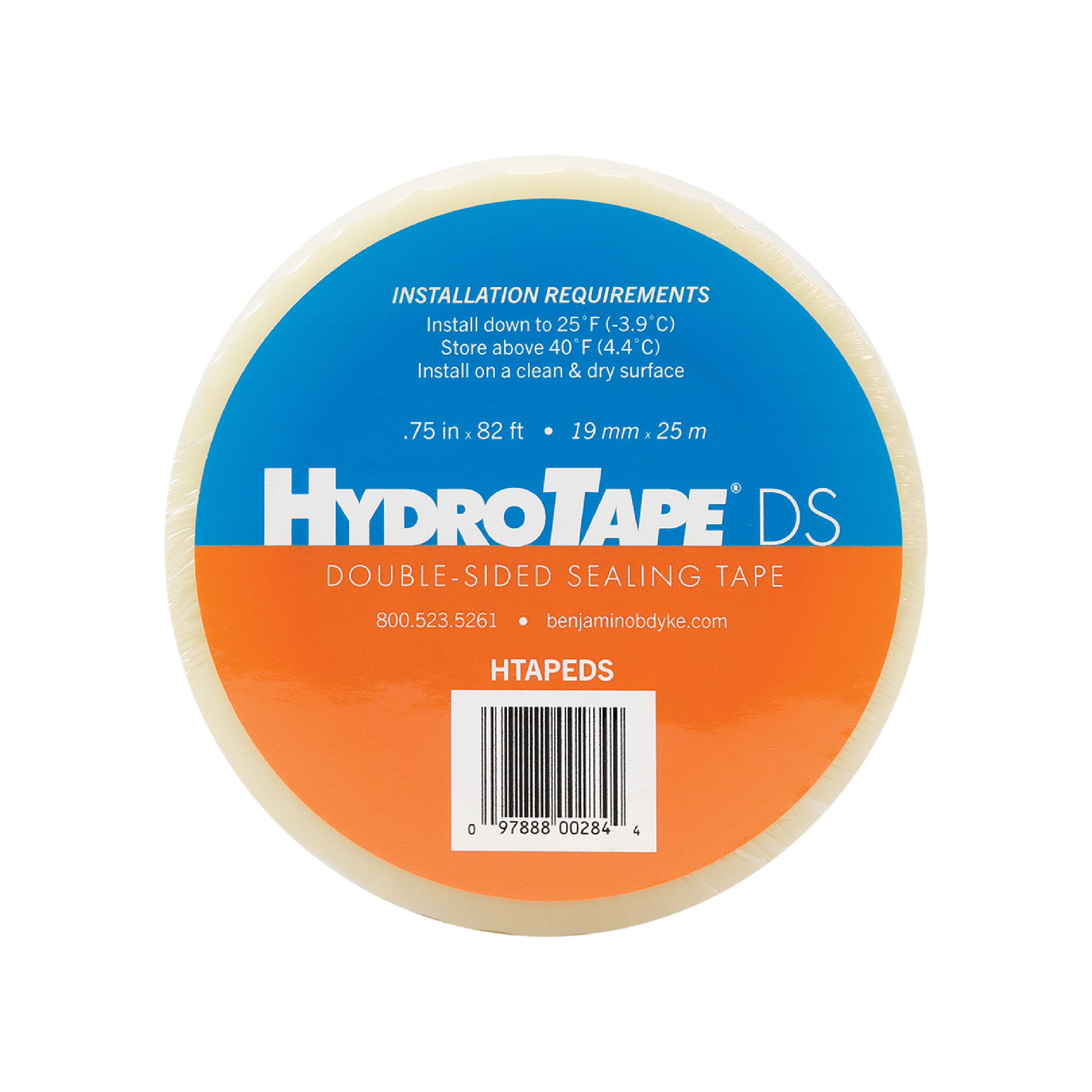Many housewrap manufacturers emphasize the importance of vapor permeability related to their products. This is because it is an important characteristic in choosing a housewrap. If water vapor escapes the interior conditioned space or liquid water gets behind the housewrap from the exterior, the permeability of the housewrap plays a part in protecting the sheathing by allowing water vapor to escape through the exterior of the housewrap. Keep reading to learn more.

HydroGap Drainable Housewrap Samples
GET YOUR FREE SAMPLES TODAY OF HYDROGAP DRAINABLE HOUSEWRAP
What Does Vapor Permeability Mean?
Permeability measures the amount of vapor transmission that a housewrap will allow over a period of time, minimizing the potential for accumulation of moisture vapor. The higher the “perm number,” the more vapor permeable the materials. Higher perm rates are better for some climates and vice versa. While there is debate on the optimal permeance range for housewraps, 10-20 perms are considered the sweet spot for most. Although grounded in building science, the debate over appropriate vapor transmission often focuses too much on the perm number.
In reality, the permeability of a housewrap varies from lab conditions to installed conditions (particularly after the housewrap is fastened on a wall). For a product to be considered a housewrap, it must be vapor open.
According to the International Code Council (ICC), a housewrap must have a perm rating of at least 5. Higher perm numbers do not necessarily mean the housewrap performs better. At a certain point, the perm number becomes irrelevant and will perform similarly to its lower perm number counterparts.
Vapor permeability is nondirectional as far as drying on the interior or exterior of the housewrap. A very high perm number (over 40), could be too vapor open for conditions where vapor drive is to the interior.
While focusing on the perm number can have some importance in the housewrap decision-making process, liquid water resistance and drain-ability will help the wall dry more effectively than just having a high or low perm housewrap. When choosing the right housewrap a few other performance factors should be
considered:
- Water Resistance: serves as a moisture barrier
- Durability: tear strength and UV resistance
- Air Resistance: can serve as an air barrier
- Perforated or Non Perforated: how it “breathes”
- Woven or Non-Woven: how the structure of the WRB is created
Not sure which housewrap is best for your application? Try our system selector tool!




